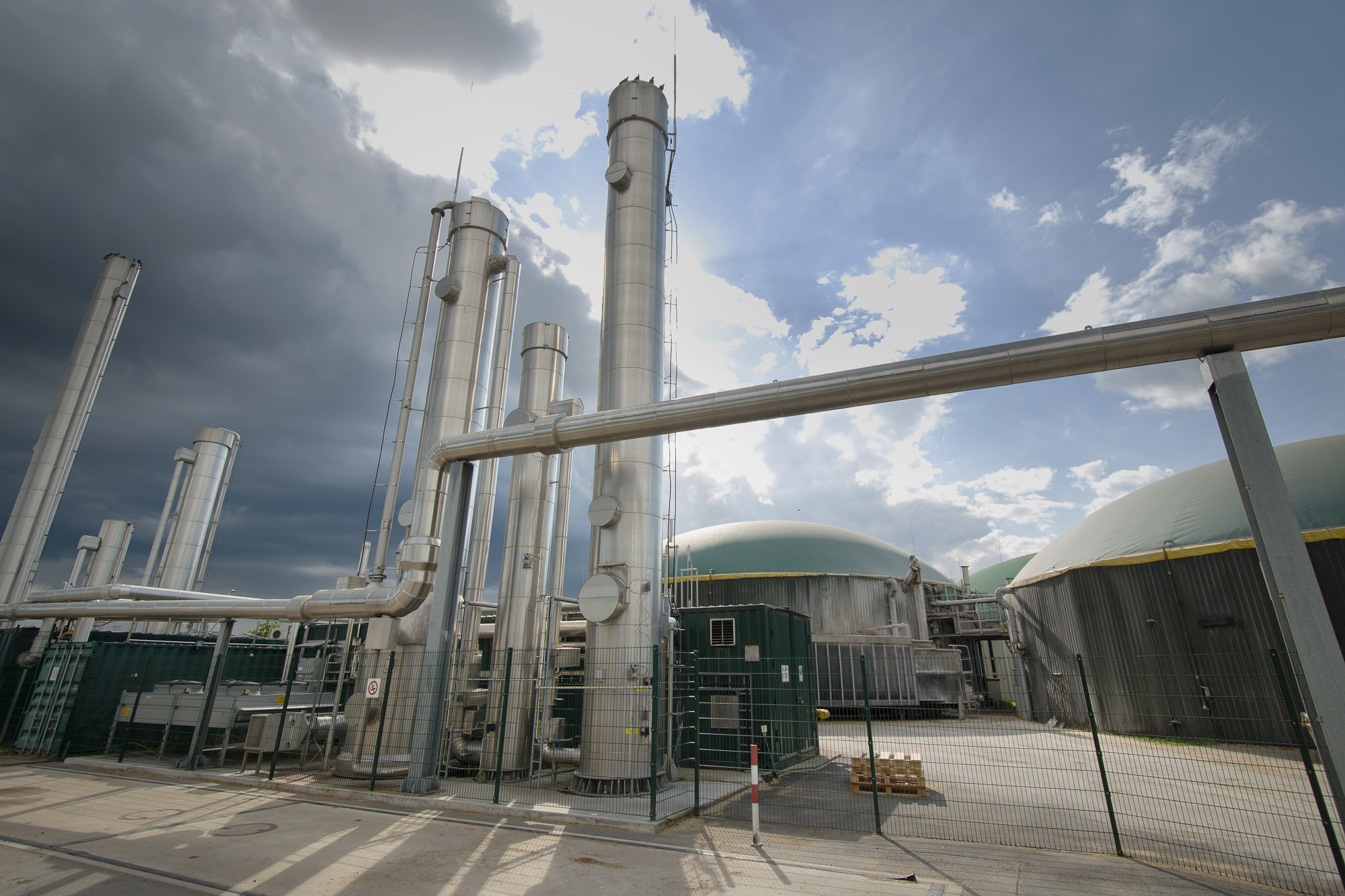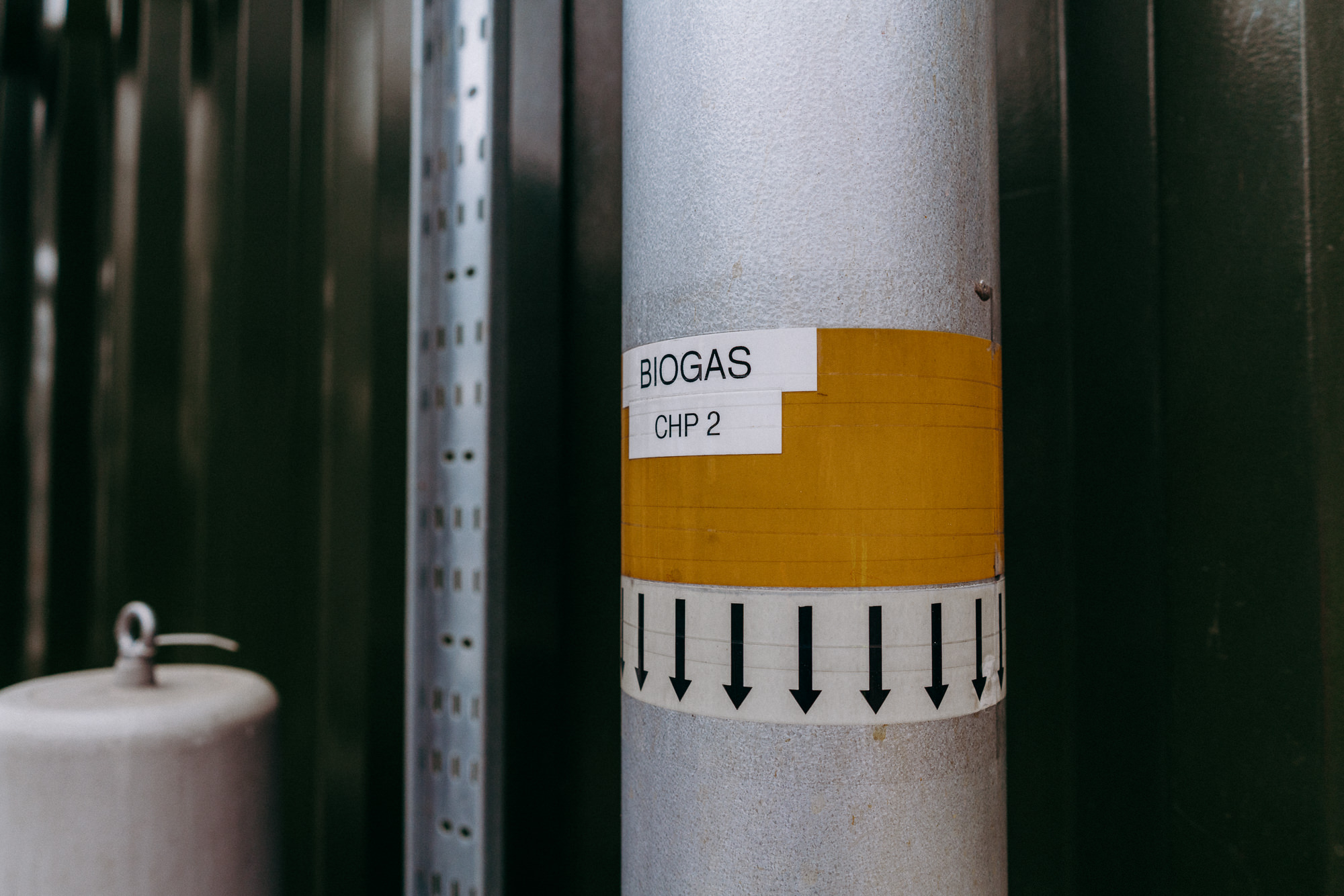About anaerobic digestion
Here at GWE Biogas, we privately own and operate one of the UK’s longest established, largest and most technically advanced Anaerobic Digestion plants. We take in food waste from industrial and commercial food operations, process it, and turn it into renewable electricity.
But how does that happen, and what are the processes that enable us to produce renewable energy from the waste commercial and industrial food companies produce?
Anaerobic Digestion is the process in which bacteria breaks down organic matter in the absence of oxygen to produce biogas. Typically, this involves four steps – Hydrolysis, Acidogenesis, Acetogenesis, and Methanogenesis.
During Hydrolysis, large organic compounds in the food waste are broken down into their smaller constituent parts. This involves breaking down complex carbohydrates into simple sugars, amino acids and fatty acids, which then become available to other bacteria to work on.
In the next stage, Acidogenesis, different bacteria break down other components in the food waste into ammonia, carbon dioxide, hydrogen sulphide and other by-products.
During the third stage, Acetogenesis, the compounds created during Acidogenesis are further broken down into acetic acid, carbon dioxide and hydrogen.
Then different bacteria create methane – the biogas we need – from these products, in the fourth process of Anaerobic Digestion, called Methanogenesis.
The methane produced by Anaerobic Digestion is then used to power a series of on-site gas engines, which power the generators that produce renewable electricity. We generate 3.3MW of electricity and 90 per cent of that flows back to either neighbouring powers users or the local electrical grid, powering local homes and businesses.
Anaerobic Digestion is a carbon neutral process which creates sustainable, renewable and clean electricity. At GWE Biogas, we create enough electricity to power around 4,000 homes, making us an important part of the UK’s renewable energy mix.

